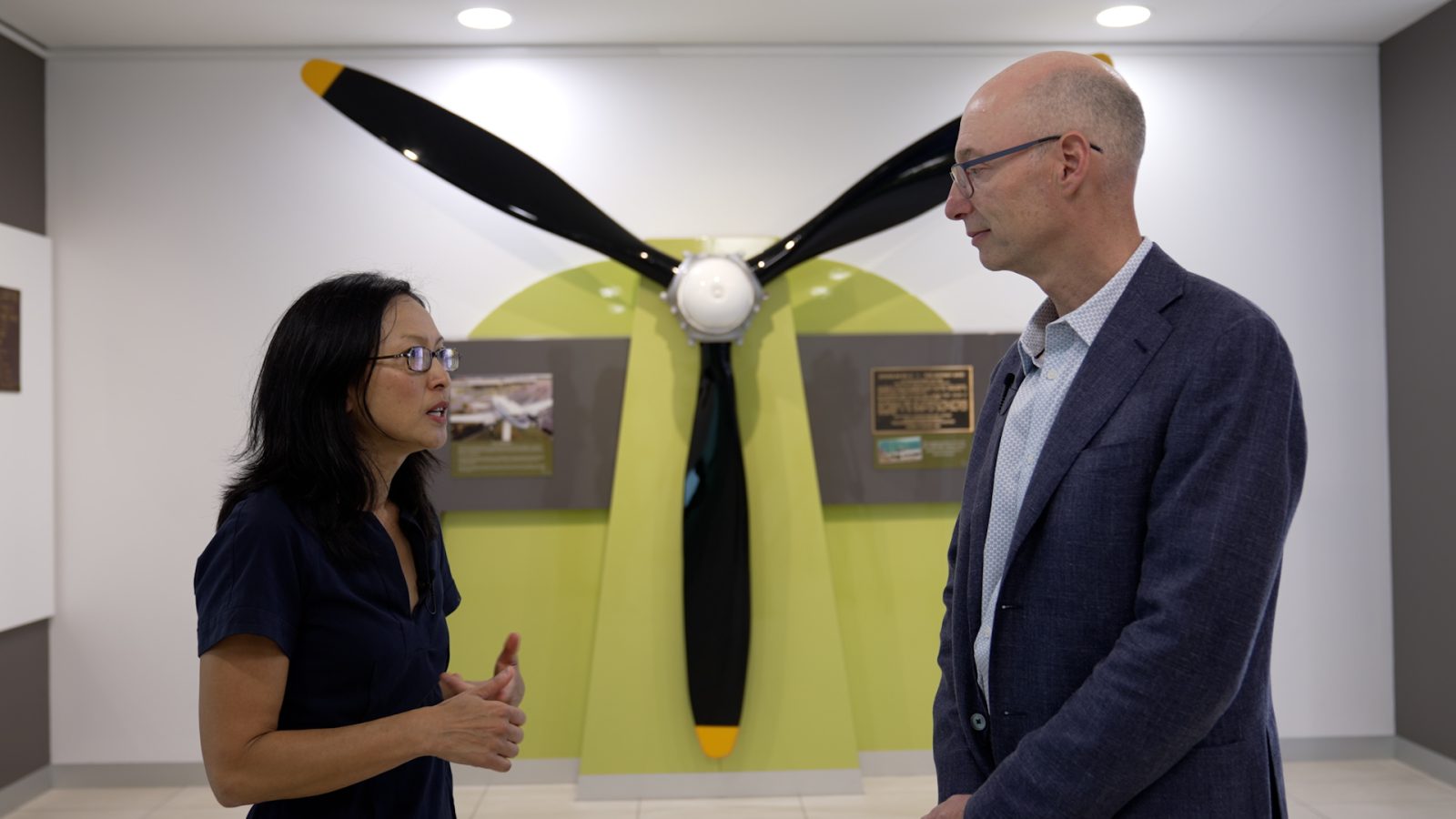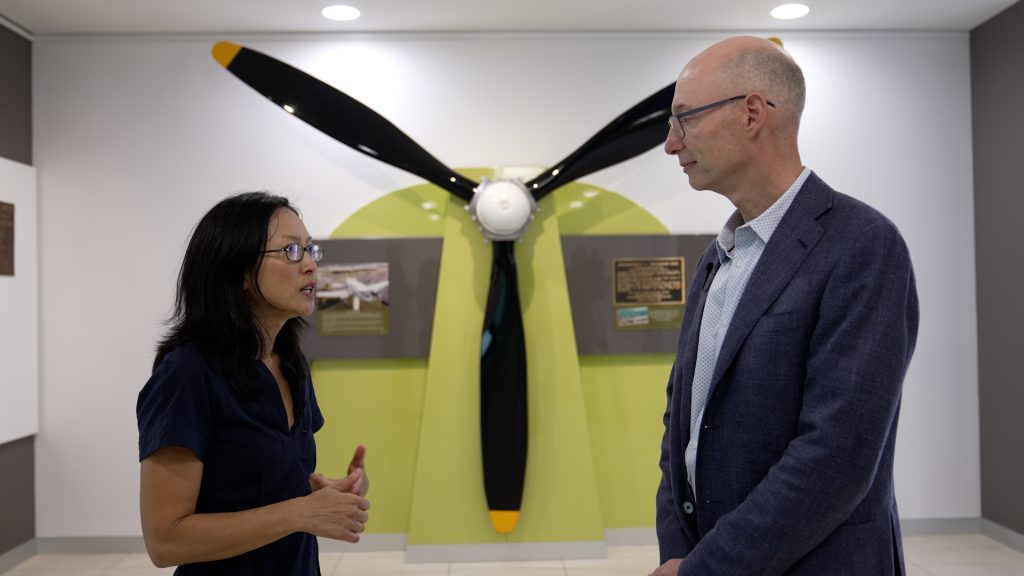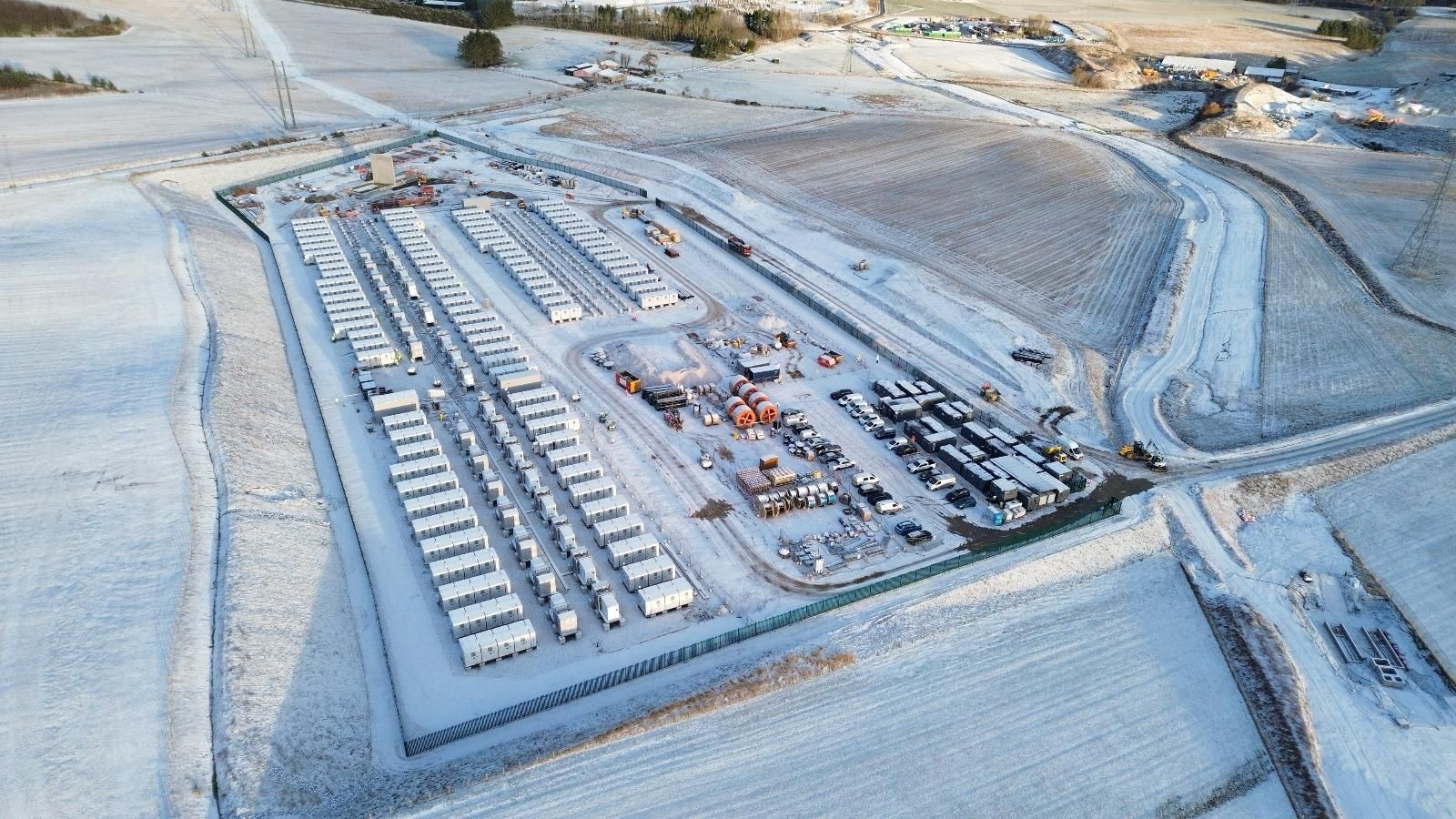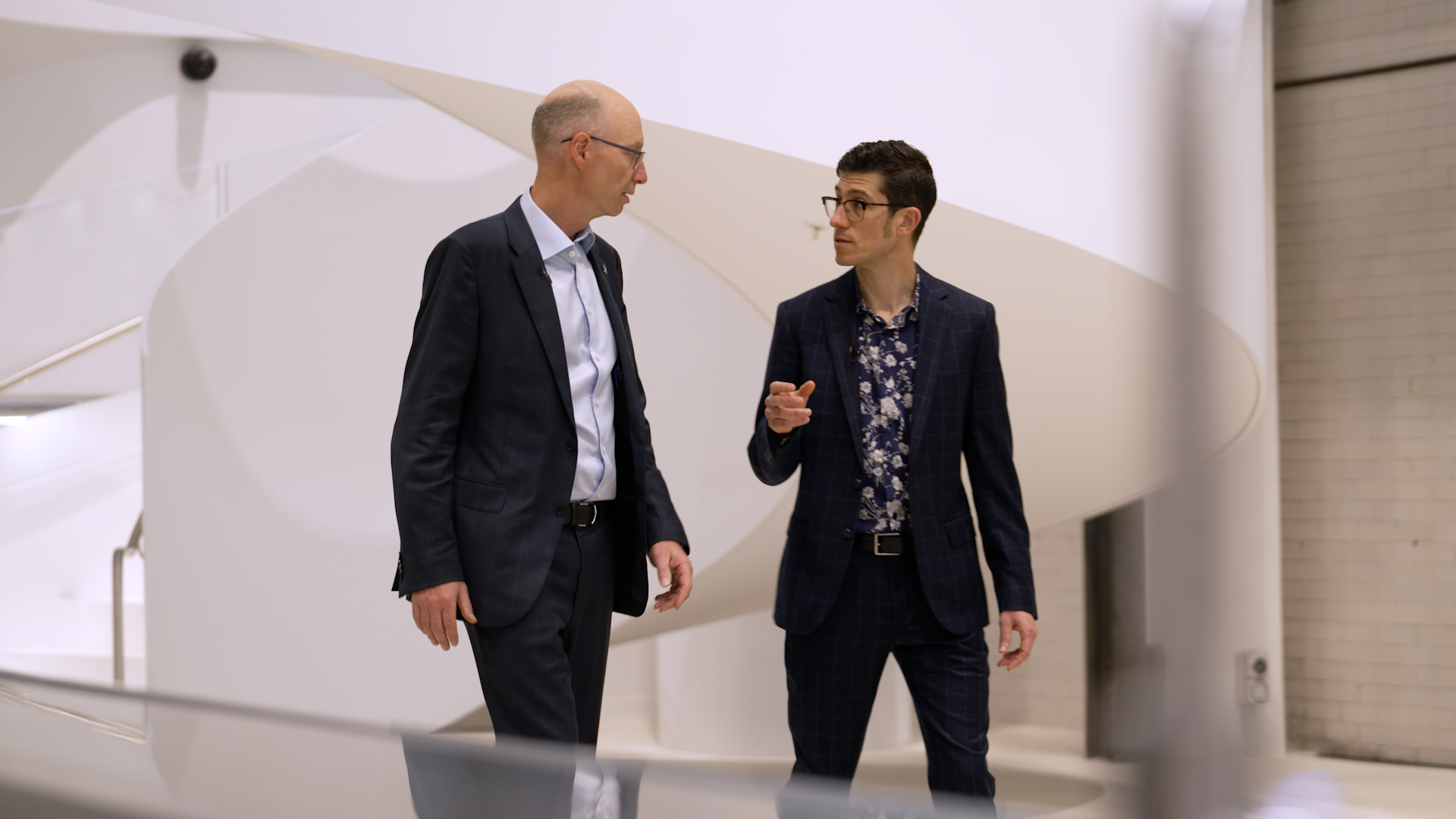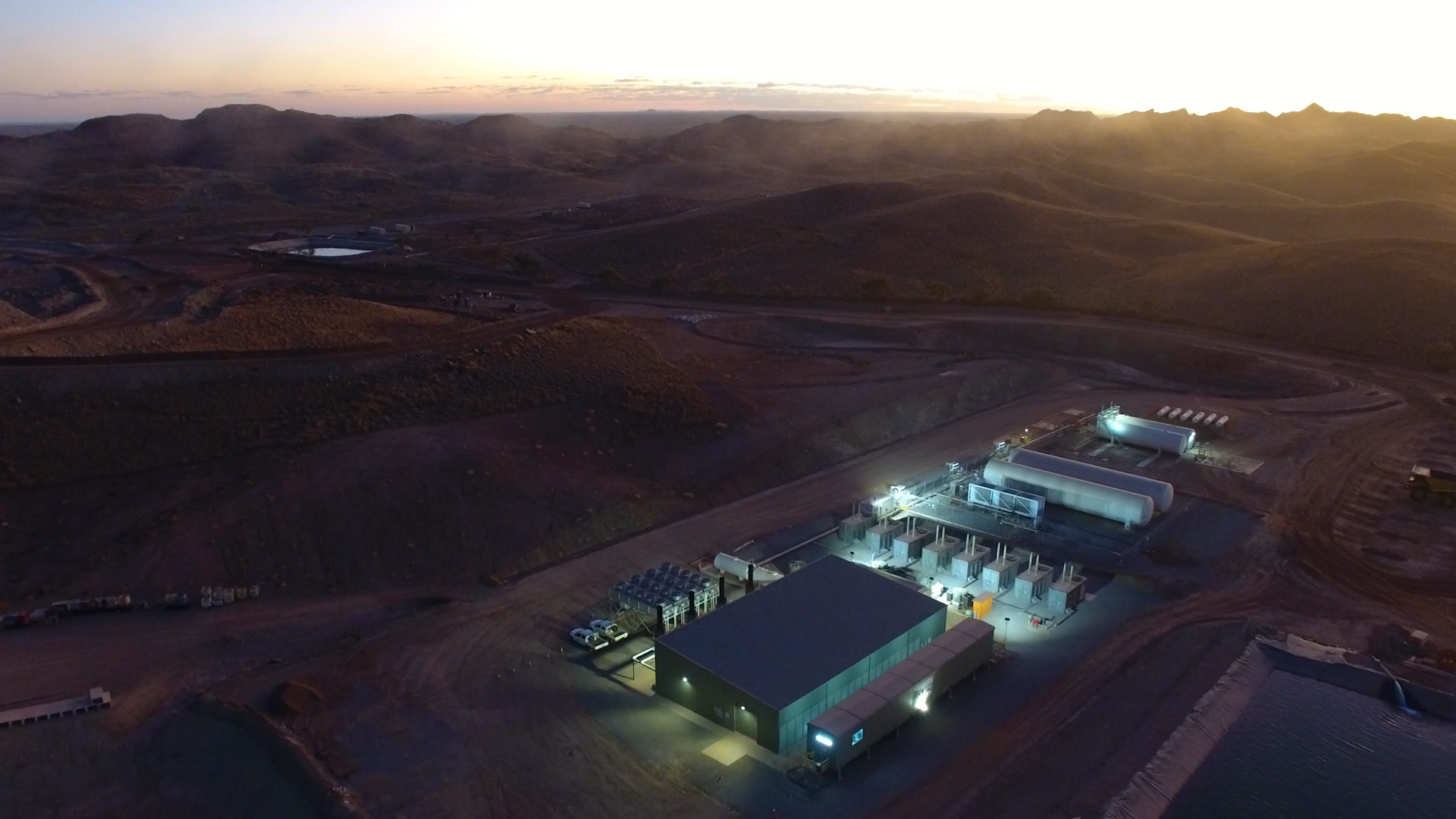If you’ve ever found yourself floating atop the rainbow of coral and sea life on the Great Barrier Reef or face to face with a prehistoric cassowary in the depths of the Daintree Rainforest, you’ve probably passed through a North Queensland Airport Group (NQAG) airport.
Located at the gateway to Australia’s tropical north, NQAG operate Cairns and Mackay airports, with clear environmental and sustainability goals.
“We have three areas that we’re focussing on – emissions reductions, indigenous engagement, and biodiversity,” says Michele Wong, Chief Financial Officer of NQAG.
“In terms of emissions reductions, we’ve been looking at our operations, such as replacement of equipment, to move to more energy efficient modes of operation.”
For the Group, the real game changer has been in their procurement of energy for both retailers and broader airport operations.
“We have entered into a power purchase agreement, which will result in 100% of our energy on site to be renewable by January ‘25.”
Flying high on low-emissions fuel
Determined to break the stereotype of the industry, North Queensland Airport Group continues to innovate and become market leaders in sustainable practices, says Chief Executive Officer Richard Barker.
“We’ve set a clear pathway for being net zero for Scope 1 and 2. We’re on track to achieve that by 2025 and we’ll be one of the first airports in Australasia,” says Mr Barker.
“We’re working hard with a local proponent on the production of sustainable aviation fuel, which is really going to be one of the keys to reduce the primary emissions from aircraft flight.
“There’s a real opportunity for North Queensland in particular to take a leading position [in sustainable aviation] both in Australia and globally.”
A bounty of biodiversity
Encompassing a total land area of 700 hectares, the group’s ecological responsibility lies far beyond its terminals, hangers and runways.
“Within the mangrove environment in Cairns, which is approximately 50% of the total land holding, we’ve found a whole range of endangered species, including the double-eyed fig parrot, as well as an endangered water mouse,” says Mr Barker.
“As you drive past on the way to the airport, you have no idea that this exists, and we have the opportunity to preserve them right here at the airport.”

